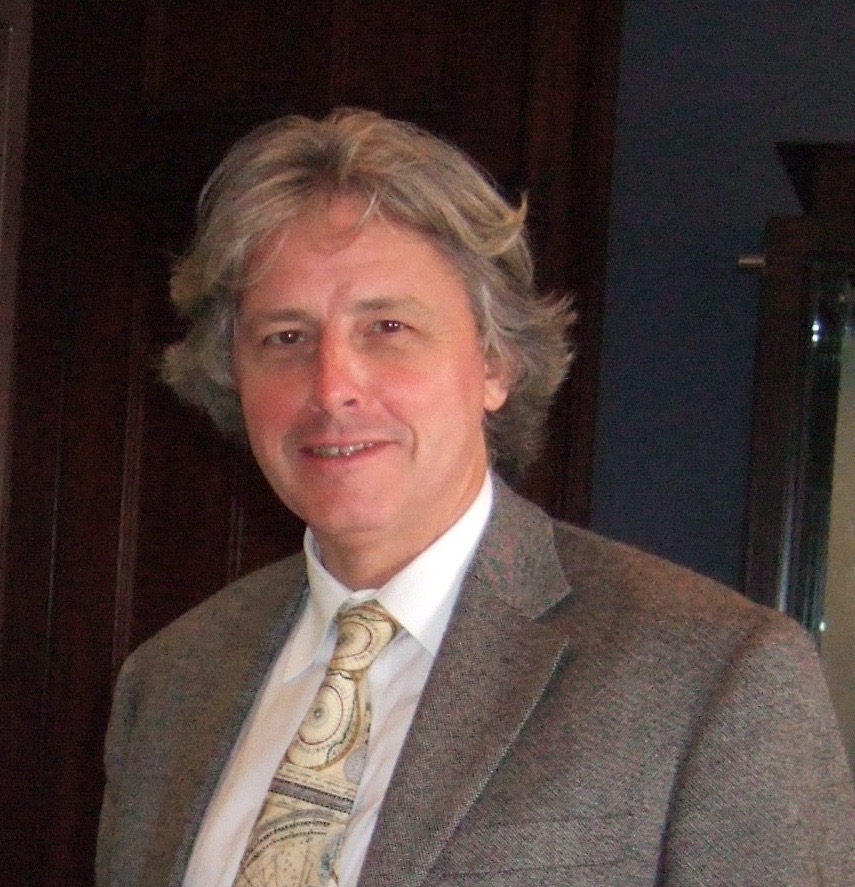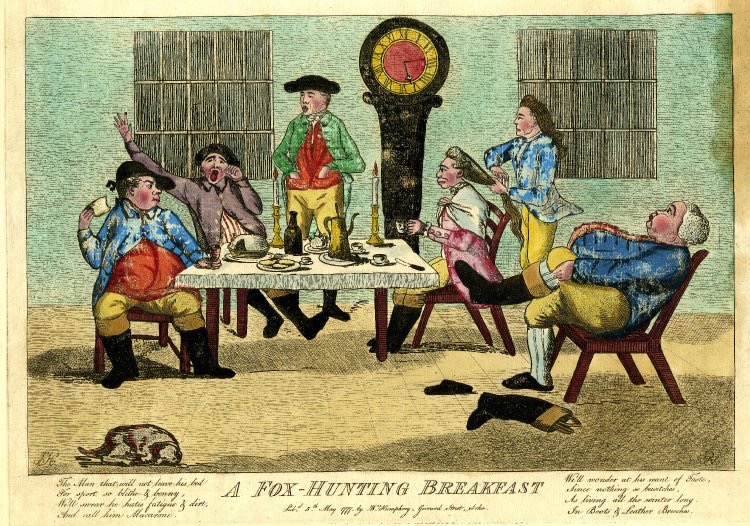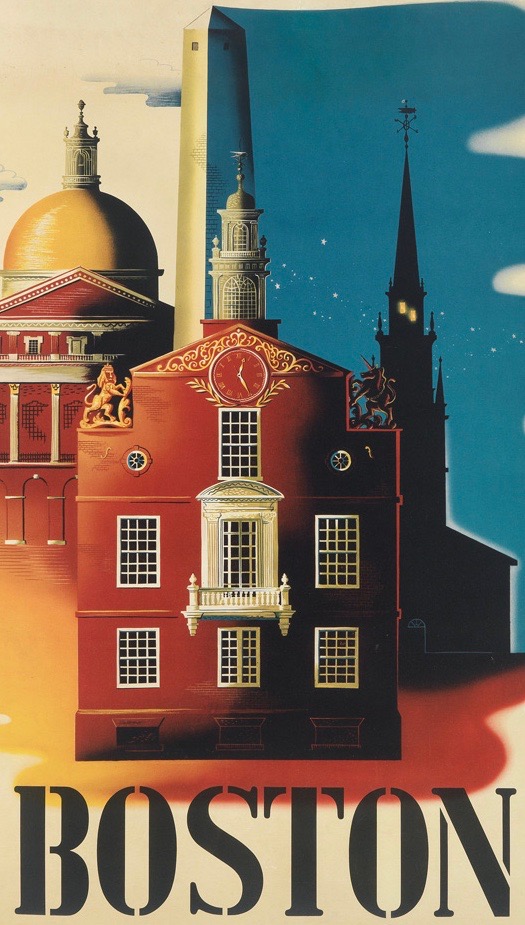Horology in Prints
by
William J.H. Andrewes

Will Andrewes was born in London and trained as a clockmaker, working under the guidance of George Daniels, Martin Burgess, Anthony Randall, and others, and as a designer, graduating in three-dimensional design from Kingston College of Art in 1972. He became one of the first recipients of the British Crafts Advisory Committee Award in 1973. In 1974, he designed and modeled for the Royal Mint a set of three medals to commemorate the 300th anniversary of the Old Royal Observatory at Greenwich, and, in 1977, was elected a Freeman of the Worshipful Company of Clockmakers. Specializing in the field of time measurement for over 40 years, he taught at Eton College (1973-1977), and worked at the Old Royal Observatory, Greenwich (1974-1977), The Time Museum (1977-1987), and Harvard University, where he was the David P. Wheatland Curator of the Collection of Historical Scientific Instruments (1987-1999). In 1993, he organized the Longitude Symposium, which led to the publication of Dava Sobel’s best-selling book Longitude. He also edited and published The Quest for Longitude (1996) and co-authored with Dava Sobel The Illustrated Longitude. These works increased interest in the history of time measurement and gave worldwide recognition to the life and work of John Harrison.
In 2001, Will organized the exhibition “The Art of the Timekeeper” at the Frick Collection in New York and, in 2011, he worked with the Royal Museums Greenwich to bring about the exhibition “Ships, Clocks & Stars: The Quest for Longitude”, which traveled from England to the United States and Australia. For his contributions to horology, the Worshipful Company of Clockmakers awarded Will the Harrison Gold Medal in 2007.
Will has given invited lectures at several well-known institutions including the Royal Society, Westminster Abbey, and the New York Academy of Sciences, and has contributed articles to both popular and scholarly journals, including a special issue on time published by Scientific American (December 2011).
In addition to consulting with museums and private collectors, Will designs and makes a unique form of sundial called the Longitude Dial for which he has been granted three patents. Examples may be found at Pomfret School, Deerfield Academy, the University of Notre Dame, and Texas Christian University in the USA, and Burghley House and Hatfield House in the UK. The largest Longitude Dial, designed to commemorate the bicentennial of Mexico’s independence, is currently under construction in Chilpancingo, Mexico. Details of Will’s work on sundials may be found in a video interview by John Reardon at Hodinkee.com.

